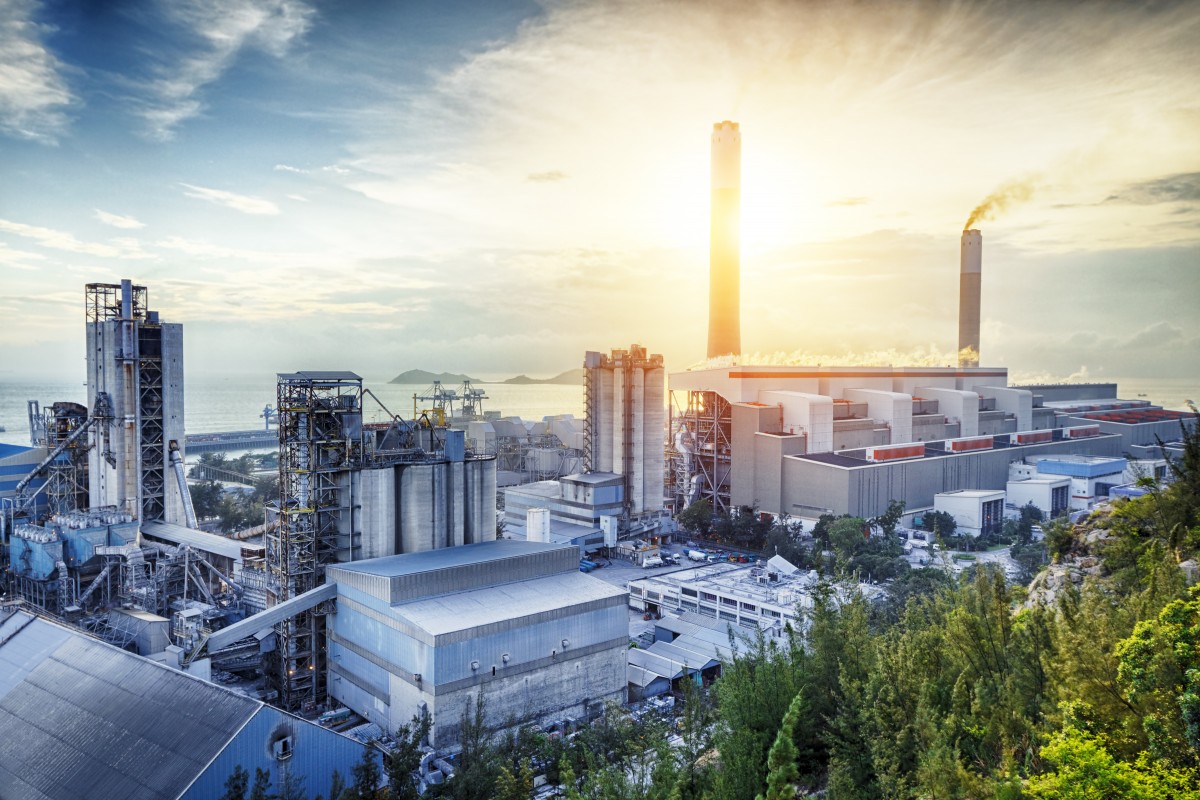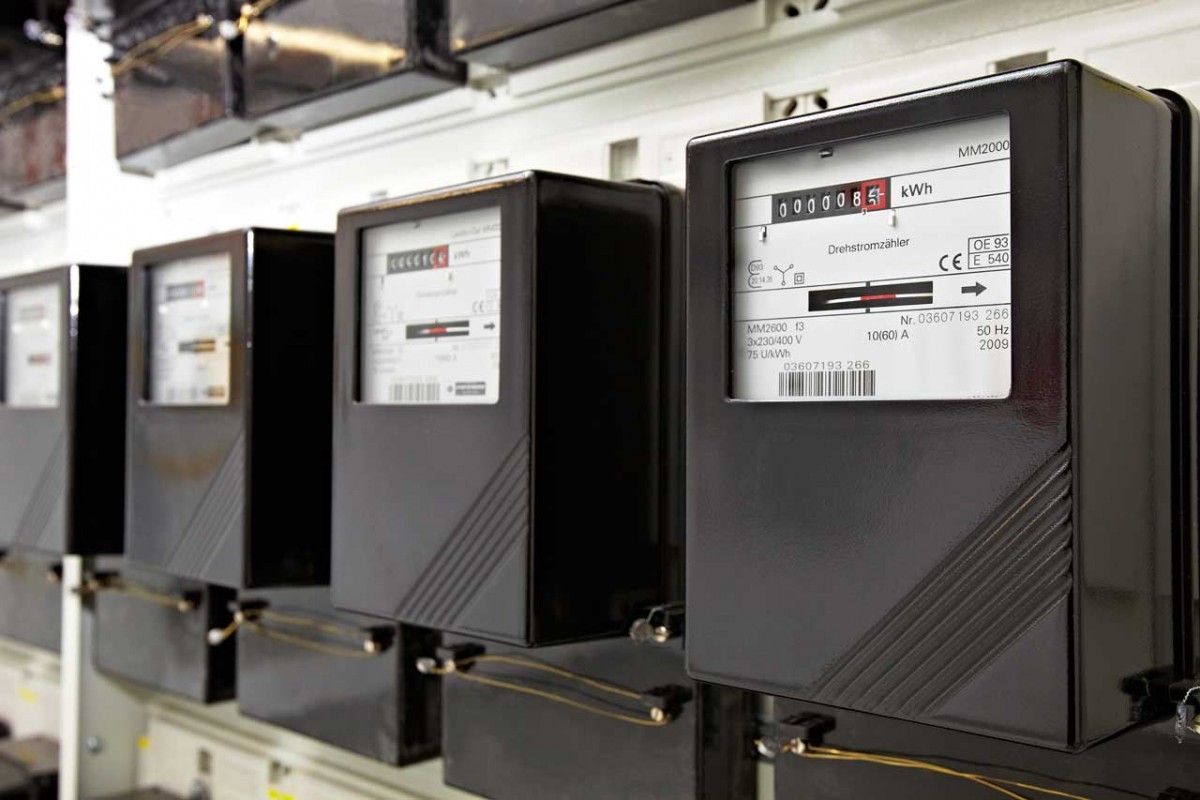The reason why industry is increasingly working in a resource-saving manner
Precise and automated production steps save companies money
Industrial production is subject to constant change. Companies that want to remain competitive are required to constantly rethink and realign their processes. In this way, it is possible to leverage savings potential, but also to increase the quality of the result. Great potential often lies in supposedly very small work steps. Thanks to automated and semi-automated systems, many processes that were previously performed manually can be reorganized and made more efficient. There is a wide range of areas in which new, innovative processes can be used:
- dosing technology: In mechanical engineering, in the electronics industry and also in the aerospace industry, it is always necessary to cast adhesives, liquid metals and electronic components with precision. Manual casting often does not promise the desired results and is not only very time-consuming, but also produces a lot of waste, which in turn generates costs. Potting under atmosphere, vacuum potting, sealing, gluing and the application of thermally conductive pastes can already be carried out precisely and automatically with dosing systems that can be seamlessly integrated into existing production lines.
- impregnation technique: Today, the impregnation of components is often still carried out manually. Especially in high-tech areas, however, this approach has long since failed to meet the requirements in terms of temperature management, uniformity and time factor. Different impregnation systems are available depending on the impregnation process, whether trickling, rolling, hot dipping, vertical dipping or full encapsulation of the stator. Automated component transport with camera monitoring and continuous rotation ensures efficient and fast treatment, while ongoing process control including temperature management takes over quality assurance.
- plasma technology: Pre-treatment of materials with plasma technology creates perfect conditions for long-term adhesion. A key factor why this technology has already replaced other pretreatment methods in many industrial applications. Not only can this method be highly automated, it is also far simpler and more resource-efficient than alternative pre-treatment methods such as classic cleaning. Processes with atmospheric pressure plasma and low-pressure plasma support the result of dosing and potting processes.
- hot riveting: Hot riveting is a tried-and-tested process for plastic forming with the aim of connecting different materials to one another in the long term and firmly, which does not require external connectors such as screws. There are various hot riveting processes to choose from which, depending on the requirements, are suitable for reducing thermal stress, keeping mechanical influences low and achieving homogeneous heating of the rivet mandrel. In this way, maximum strong connections can be created. In addition, the automated systems for hot riveting can be set up in such a way that loading, heating and hot riveting take place in parallel steps in order to save time and money.
Modern processes make the German manufacturing industry competitive
Especially in times of growing global competition, it is essential for companies to look to the future and constantly review their own processes. Partially automated and automated processes by bdtronic can help to save material in large quantities, especially when large quantities are produced. Because in this case, even a small saving per component has a big impact. Dosing and potting systems are able to dose far more precisely than humans. Impregnation and plasma systems as well as hot riveting systems contribute to increasing the quality of the product. At the same time, a higher throughput can be achieved, since the assembly and the various steps of the process can be highly automated and run in parallel.









